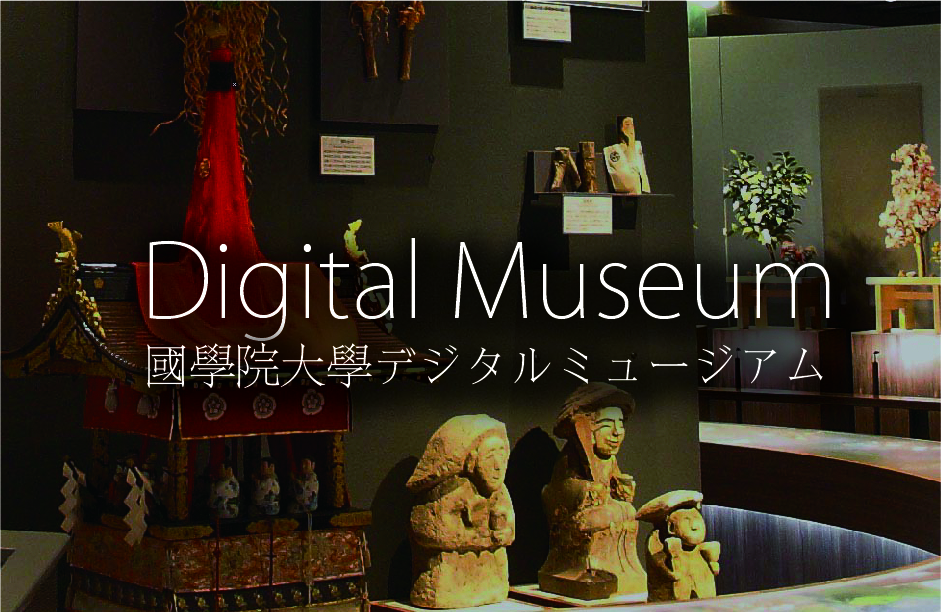- トップ
- Encyclopedia of Shinto
- Nihon Seidō Kyōdan
Encyclopedia of Shinto
| Main Menu: | |
| Links: |
詳細表示 (Complete Article)
| カテゴリー1: | 8. Schools, Groups, and Personalities |
|---|---|
| カテゴリー2: | Modern Sectarian Groups |
| Title | Nihon Seidō Kyōdan |
| Text | A Shinto-derived new religion founded by Iwasaki Shōō (1934-). In 1951 Shōō suffered from jaundice and lapsed into a coma, during which he had a mystical experience; from that time it was said he had gained the ability to experience teleportation and foretell natural calamities. In 1961, at the age of 27 his hair turned white overnight and he became unable to hear. In 1964 he developed the ability to communicate with "eight great dragon kings" (Hachidairyūō suishin), and subsequently spent seventy five days secluded in a sanctuary at the shrine Hachidai no Miya at Takachiho in Miyazaki Prefecture. On April 27 of that year he had an awakening in which he understood the principles of the cosmos; this day is known in the movement as Kamitachi no hi ("the day the kami manifested themselves"). Thereafter, he continued his religious practices around the country while changing from job to job. In January 1974 he decided to devote himself to the life of a spiritualist medium (reinōsha), and thus rented a room in an apartment building in Urawa City, where he began to carry out religious activities under the organizational name Takachiho Shinrei Kyōdan. In 1982 the movement's headquarters were moved to their current location and in the same year the group was incorporated under the provisions of the Religious Corporations Law (Shūkyō Hōjinhō). At present the movement has nine spiritual teachers selected by Shōō, and they travel around to the group's five branch centers and some thirty offices, performing salvific activities such as special purification prayer rituals (gokōsen kitō) that draw spiritual energy from the teacher's body to purify the bodies of followers, and goshinmon ("divine inquiries") in which the will of the gods is mediated and their instructions conveyed to questions posed by devotees. The movement also conducts research on health foods and promotes campaigns such as a "no sugar movement" and "health movement," in which followers abstain from refined white sugar for the purpose of improving their biological energy and neurological and physiological functions. Beginning in 1980 the movement began to distribute a "biological energy amplifier" called the Miroku Kōjin (Miroku-light-deity) that was developed by Shōō. This object is viewed as a "divine body" (shintai) that is said to amplify both the holder's biological energy and surrounding earth-energy each time it is shaken. The ritual practices known as the Erepa kai ("erepa meeting"), and shūdan erepa ("erepa groups") in which devotees form a circle and shake the Miroku Kōjiin, have become important religious activities in the movement. Since 1987 the movement has also conducted "world salvation meetings" in which groups of 100 or 200 followers travel to various spiritual centers in the world and perform these rites of shaking their Miroku Kōjin. The movement assumed its current name in 1986. Headquarters: Saitama Prefecture Nominal membership: approximately 70,000 (M) — Yumiyama Tatsuya |

The headquarters of Nihon Seidō Kyōdan. Elements of all religions have been combined, and apart from Shintō and Buddhist elements, a Christian image of Mary can be found on the precincts. The inside of the pyramid-shaped structure houses a five-tiered stupa in front of which priests and believers worship.
2007年 **月 **日
Ōsawa Kōji




